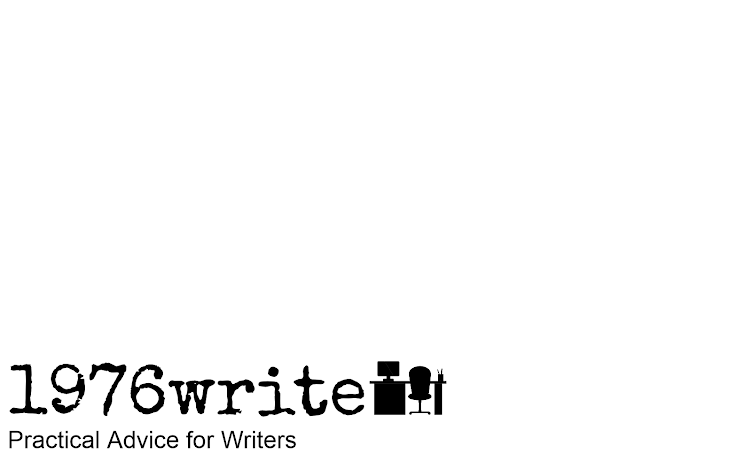Copywriting tips for various projects.
We're going to look at four different project areas you're more likely to work on. Everything suggested below are just hints and tips to consider, while some maybe dos and don'ts.
Blogs and Websites
Give each page a clear theme and purpose. For pages that are too busy, split them up, and combine pages that look like they're duplicate. And delete pages with no real purpose.
For each page write an informative headline that explains the purpose of the page for the benefit of search engines and the audience.
Make your message clear when you're writing for business websites, while taking into consideration that any page may be a landing page when visitors stumble across the site.
It's not very likely that people will read every page of the website, but each page should be able to work on its own.
Break up the copy with subheadings, because most people will skim, or scroll around the page. Subheadings should be convincing as well as descriptive.
Making your page of text is interesting by breaking it up into columns, bullets, tables and subheadings.
Use a structure like a family tree so people that skim through the page will get the most important information first.
Keep your sentences short and snappy because people read information from the phones and tablets.
Write pages that include all of the necessary information for the reader. For instance, home pages are there to guide the audience, product pages tell the reader what they need to know about the product.
Products and services should be written from the reader's point of view, evoking the experience of using the product.
Emails
Write copy that target's your audience, if you're using an email list. Tell your audience what they want to know, and what they should do next.
Treat your subject line like a headline.
Create intrigue with 'How', 'How to', 'Why' or 'What'. Giving your readers something valuable like a human-interest story related to the product.
Make the email personal with the person's name in the salutation.
Use everyday words to connect with the reader, just like you would if you were talking to a friend.
Short copy will work better in an email, so you need to get to the point as soon as the email is opened.
Make your call-to-action clear, and logical, using a problem, solution, benefits or proof using phrases to connect the reader from sentence to the next, keeping them engaged.
Sales Letters
All of the points mentioned below can be applied to longer copy or freestanding copy that is designed to take readers from their initial curiosity to purchase.
Throughout the letter refer to the user as 'you', and yourself as 'I' or 'we'. to demonstrate the communication is personal. Start the salutation with the reader's first name 'Dear John'.
Make the time to get your headline right, because if it doesn't sound right, everything that follows will seem immaterial.
Write a headline that's aimed at the reader, introduce a problem or solution, then offer the main benefit of the product.
Create an opening that's as detailed and appealing, showing the audience you understand their feelings and current situation. Relate the problem, explaining why it's a huge challenge to the customer.
Tell the reader what will happen if they don't act now, and continue down the same path.
Present the problem as the solution to their dilemma, and how it will tackle all parts of the problem mentioned beforehand. Use social proof and real testimonials to bring other voices to strengthen your case.
Concentrate on the reader's anxiety about buying, responding or donating, and use it to make their desire stronger than their objection.
Use a call-to-action to ask for a sale, with clear instructions of what they need to do. Tell them it's easy to process, and may include a free trial or money-back offer.
Social Media Posts
These tips are suited to content published on social media platforms such as Facebook and Twitter.
Always take into consideration the reader's situation, they didn't ask for your message, and they may not even engage with everything posted.
Your headline on Twitter should have a theme, offer a benefit, sound intriguing, ask a question or give the reader some news.
Commands can be used as powerful calls-to-action.
Be careful who you link to, and make sure you deliver the audience the promise you gave them in the post you've written.
Keep your posts short and simple, to help cut through all of the noise.
Offer your readers value with your posts, give them something that will be of great benefit to them.
Make it visual, and relatable, with a good representation of what you're saying.
Talk in a positive, active and concrete voice using words they would use.
Your social media posts should sound the same as any other copy you do for that particular brand.
Share this post with your friends!
Read more:
How to Sharpen Your Copywriting Skills
Copywriting, What's it all About?
Copywriting: Understanding the Product You're Writing About
Copywriting: How to Recognise Your Reader



No comments:
Post a Comment
Tell me your thoughts.